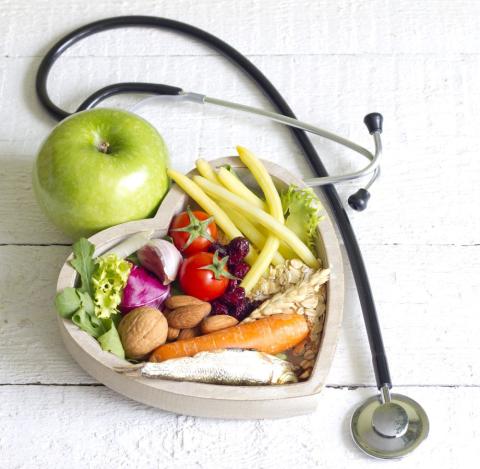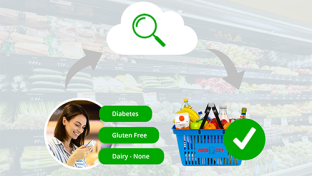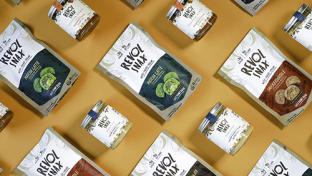The Food as Medicine Trend at Retail

“Let food be thy medicine and medicine be thy food.” – Hippocrates, circa 400 AD
Although there’s no evidence that the Greek physician ever uttered this famous quote, the notion highlights the longstanding importance of nutritious foods in the prevention and management of disease.
Over the past 25 years, supermarket-based retail programs — designed specifically to support the health and wellness of customers, associates and surrounding communities — have been established, shaped and spearheaded by innovative registered dietitian (RD) pioneers.
[Read more: "Understanding Health-Related Food Certifications"]
Retail RDs pair science-based knowledge of how food, nutrition and lifestyle can either contribute to disease development or help maintain and restore health with educational selling strategies and tactics to measurably impact consumer choice at the point of purchase. As retail RDs started to expand into full-time, consumer-facing positions, they also used multimedia communications to reach very broad audiences with food and nutrition guidance via broadcast and in-store television, broadcast and in-store radio, custom magazines, in-store point-of-purchase communications, ad messaging, live events, and retailer websites.
Momentum picked up in the early 2000s as more and more retailers recognized health and wellness as a purchase driver and sought to establish points of differentiation in the well-being space. Tactics such as in-person classes, children’s education tours, blogging and video communication gained traction in step with burgeoning social media.
Although the retail health-and-wellness landscape has expanded and contracted in pockets of the grocery industry, commonalities remain consistent, including digital and in-store path-to-purchase marketing efforts, customer engagement and personalized food and nutrition education, and use of incentives or prescriptions to purchase better-for-you foods and medically tailored meals. Historically, layered approaches tend to have the highest degree of impact.
Defining and Measuring Food as Medicine at Retail
As retail RD leadership in Food as Medicine initiatives has grown, so have the efforts to define, enhance and measure the value and effectiveness of collective Food as Medicine programming. Beginning in 2013, select retail dietitians from noncompeting retailers worked together to co-author the first edition of the Supermarket Business and Industry Skills to Thrive in Retail Dietetics Certificate of Training; it launched in 2015 as a tool for the next generation of retail RDs, covering how to navigate the retail landscape, define roles and responsibilities, expand reach, and use data-driven metrics to communicate return on investment.
In 2021, the Academy of Nutrition and Dietetics approved a definition of Food as Medicine: “A philosophy where food and nutrition aids individuals through interventions that support health and wellness.” In 2022, a new Certificate of Training program was launched, Excelling in the Retail Food Industry. In conjunction, Food as Medicine in the Retail Setting was developed as a resource guide. In addition, a new Nutrition in Food Retail curriculum was established for dietetic students and interns.
Food as Medicine: The Retail Opportunity
Food as Medicine bridges the gap between traditional medicine and established food-based prevention and treatment. Health care systems, health insurers and a growing body of researchers are increasingly engaging in Food as Medicine. It is critical for food retailers to improve and expand current health-and-wellness offerings. More than 48 million households include someone whose diagnosis can be managed in whole or in part by diet and other lifestyle choices. These households represent $268 million in annual grocery sales. Food retailers have a massive opportunity to provide solutions, from prevention to management through personalized medical nutrition therapy and individually tailored meals, help at the pharmacy counter, expert guidance when navigating the food aisles, and so much more.







